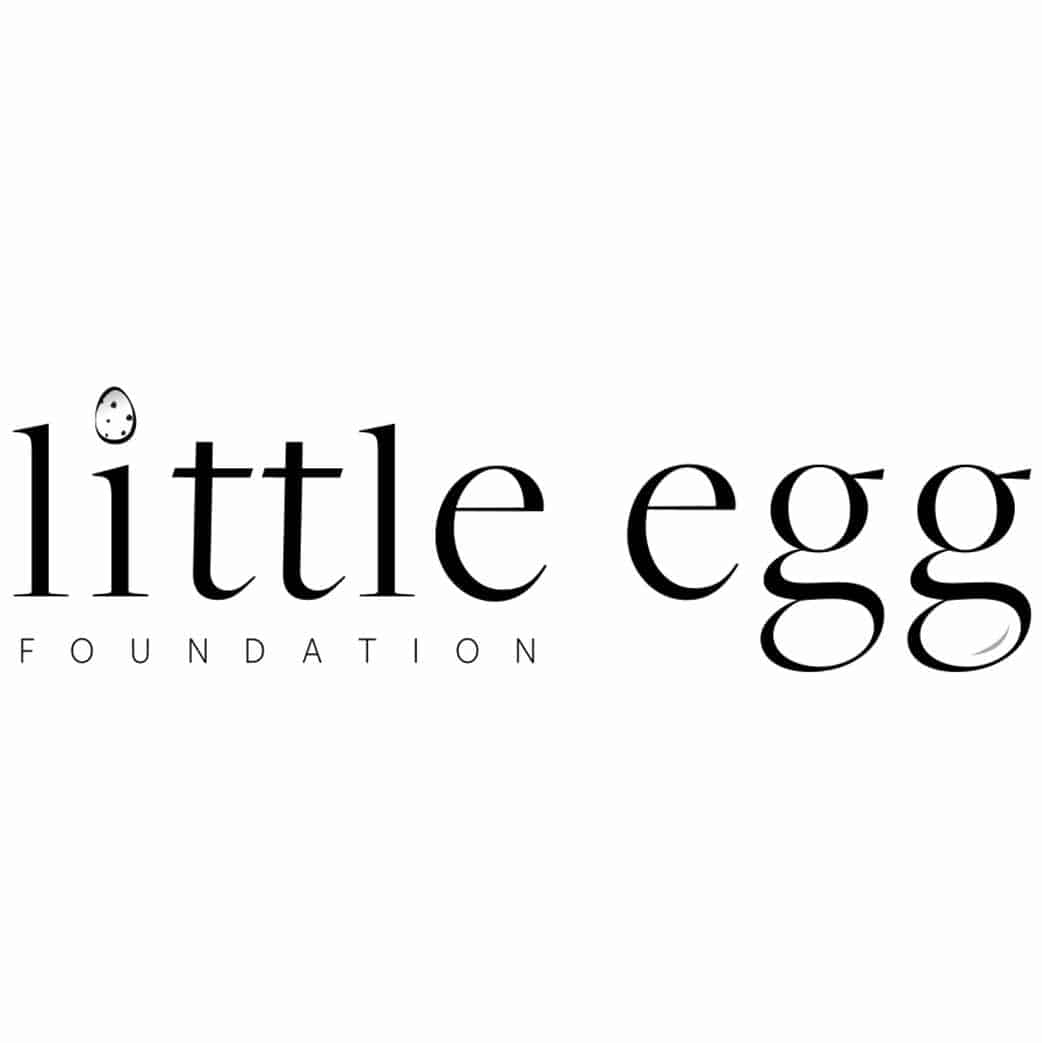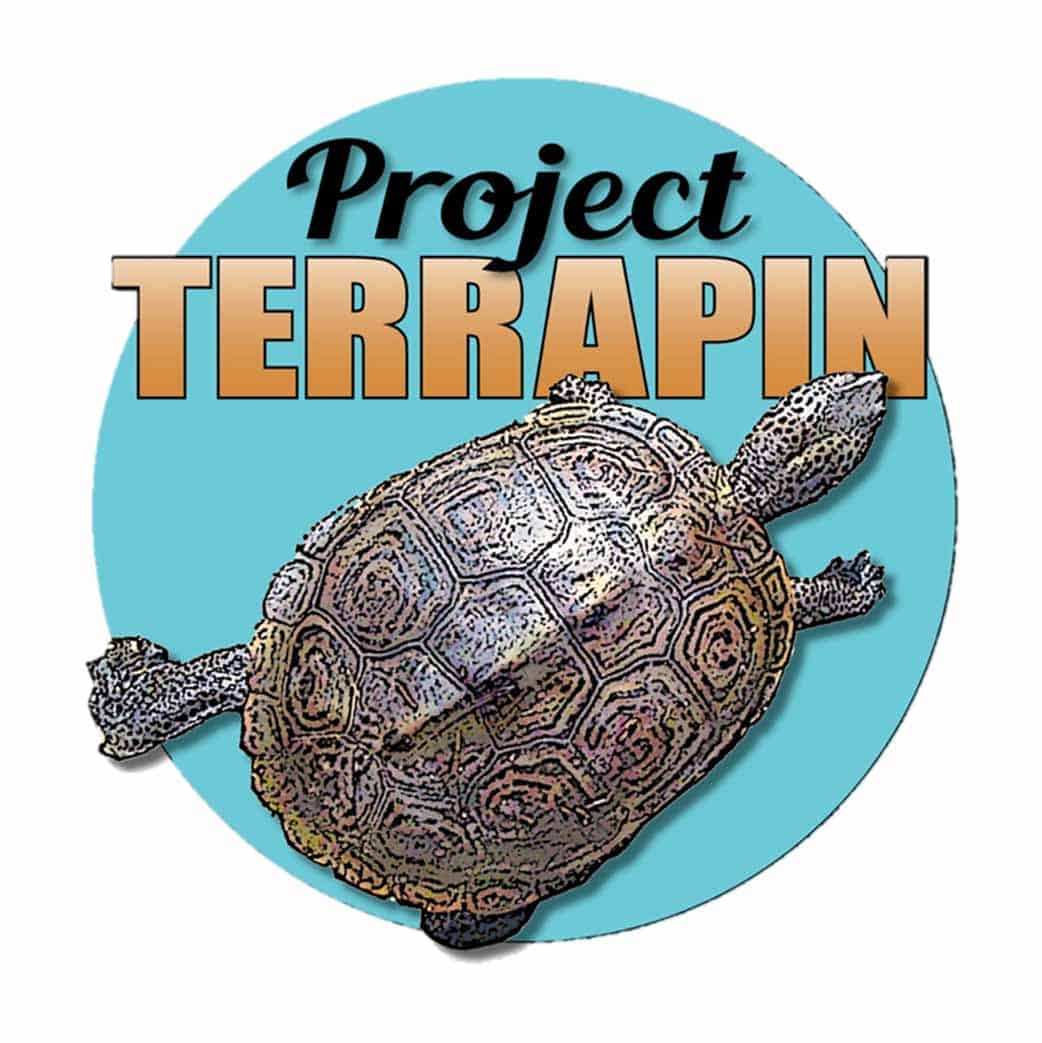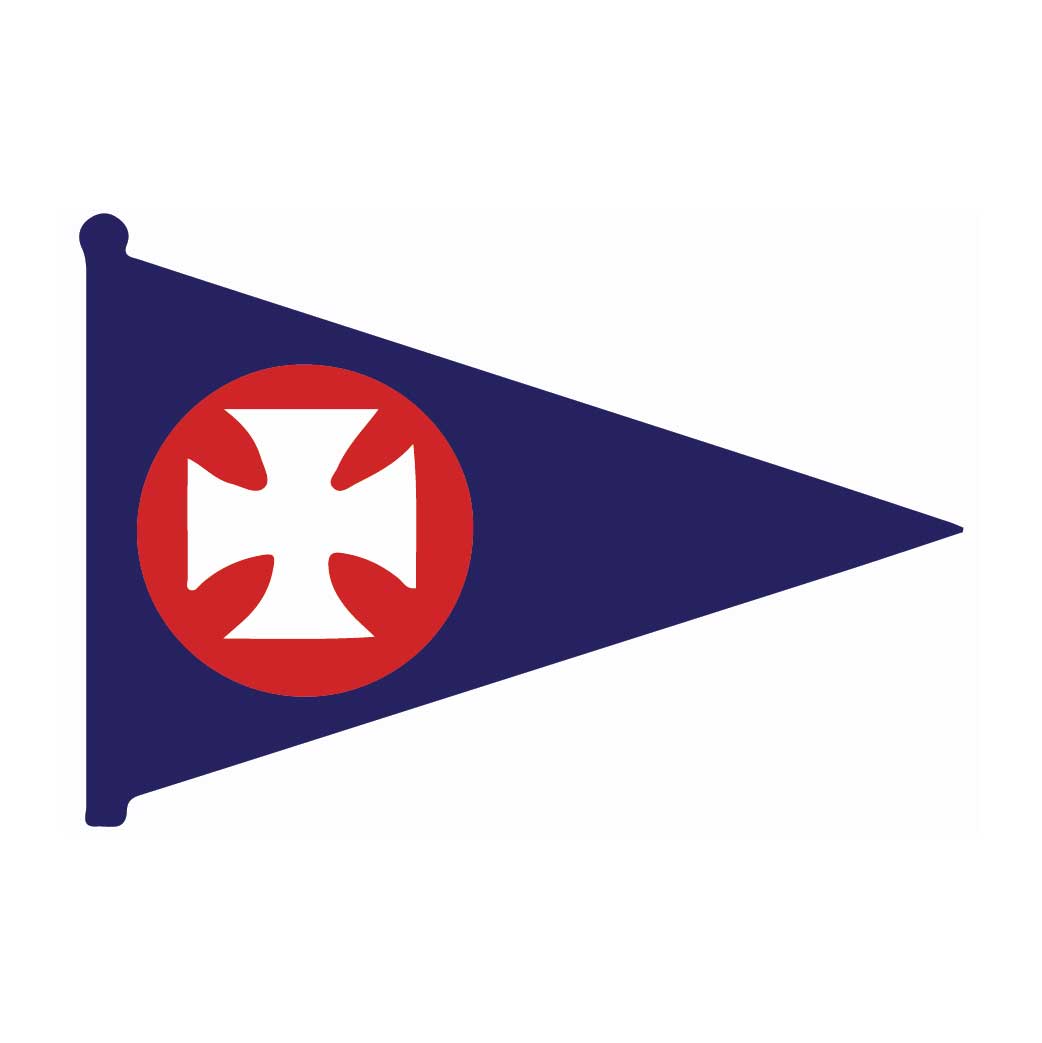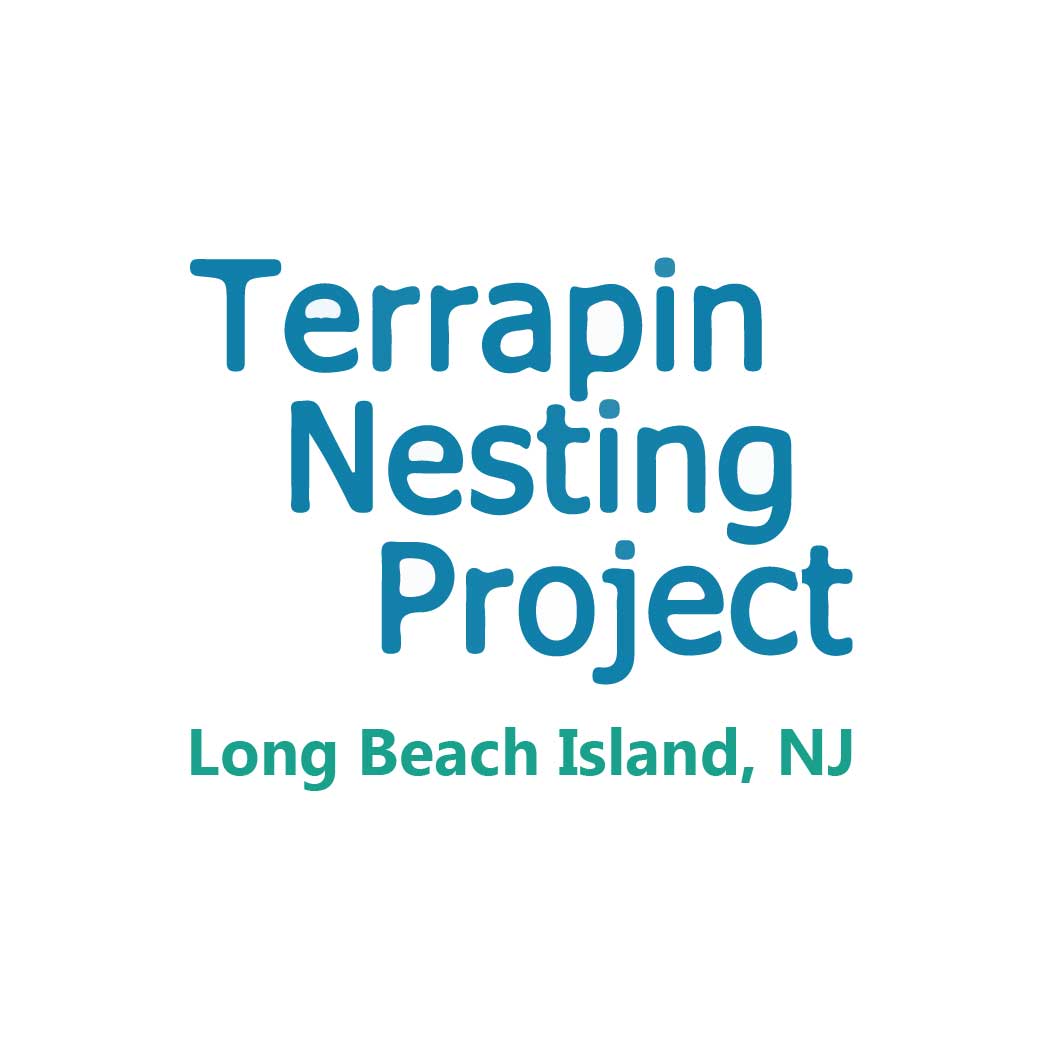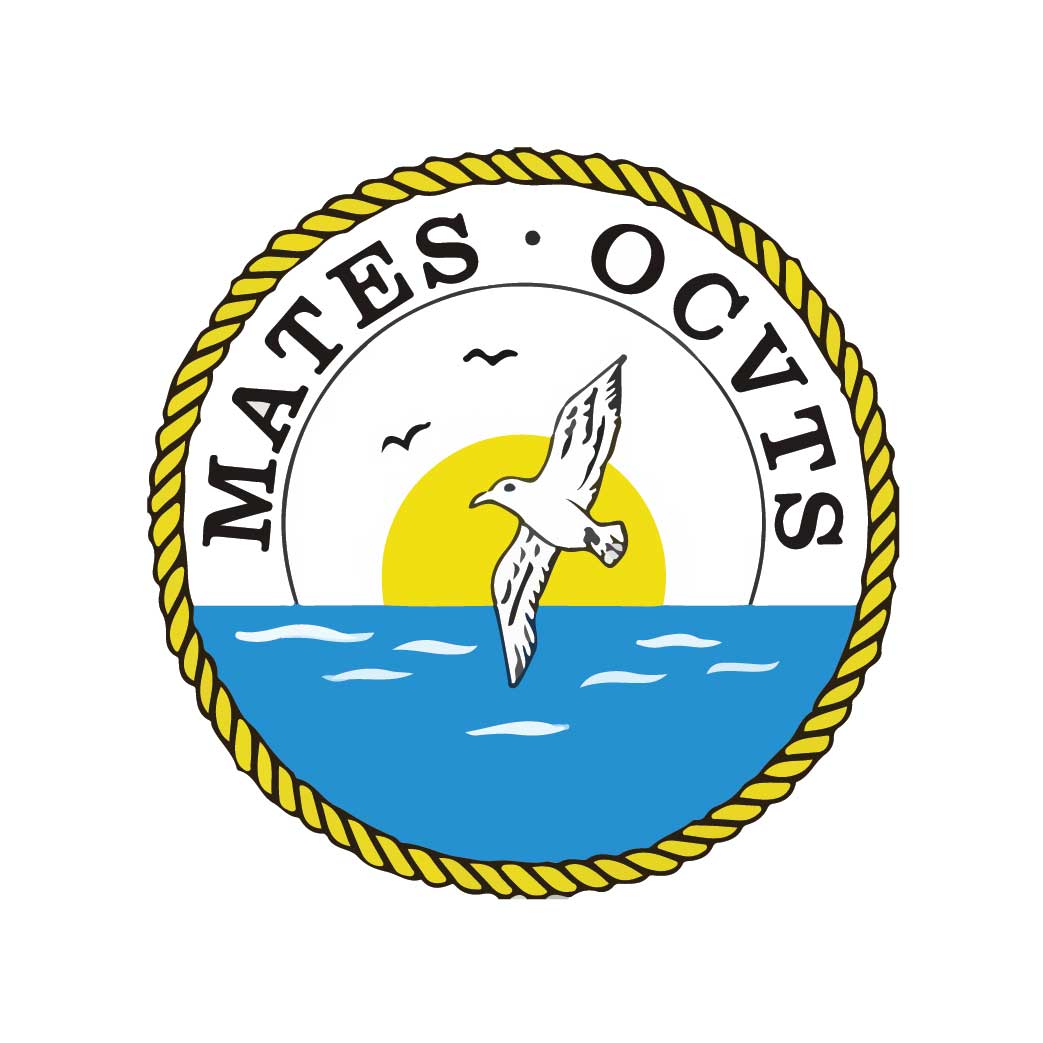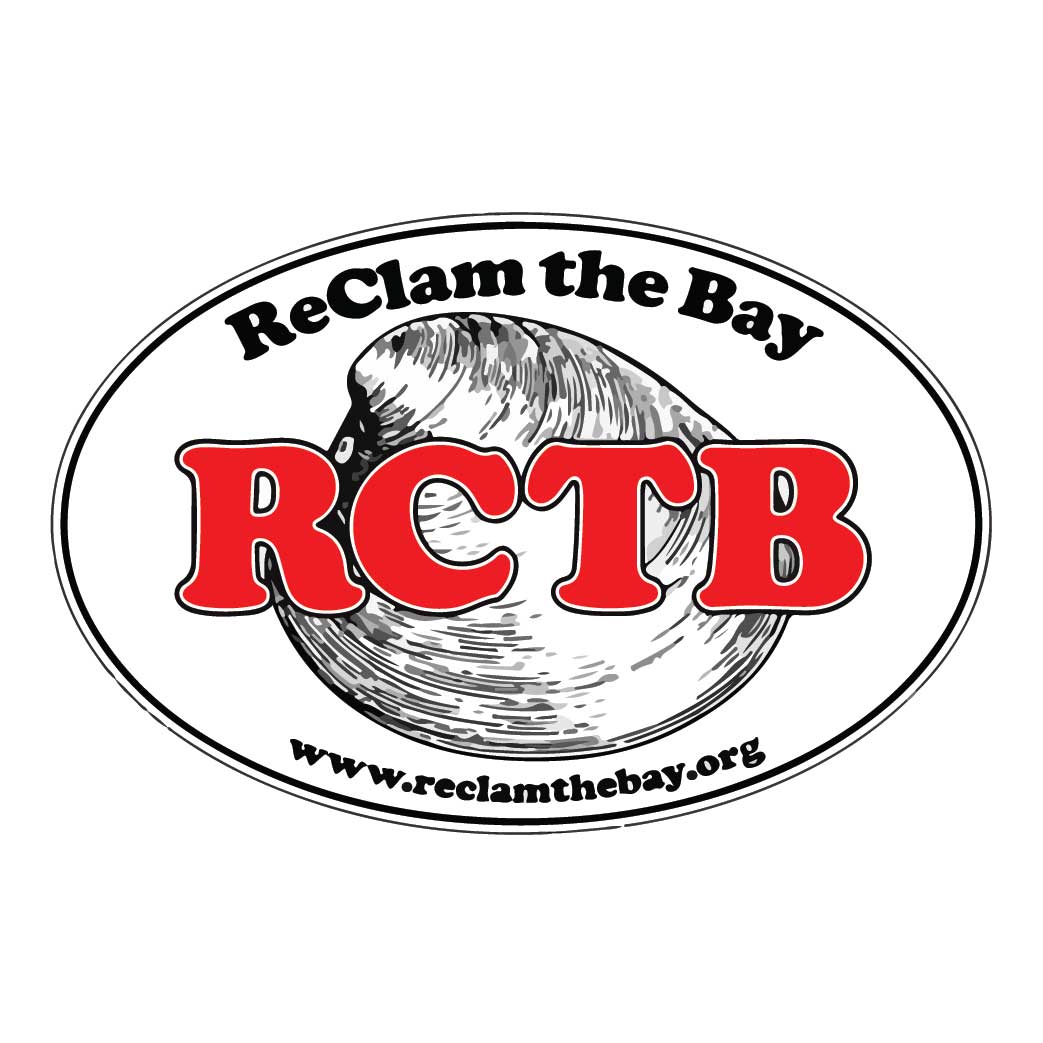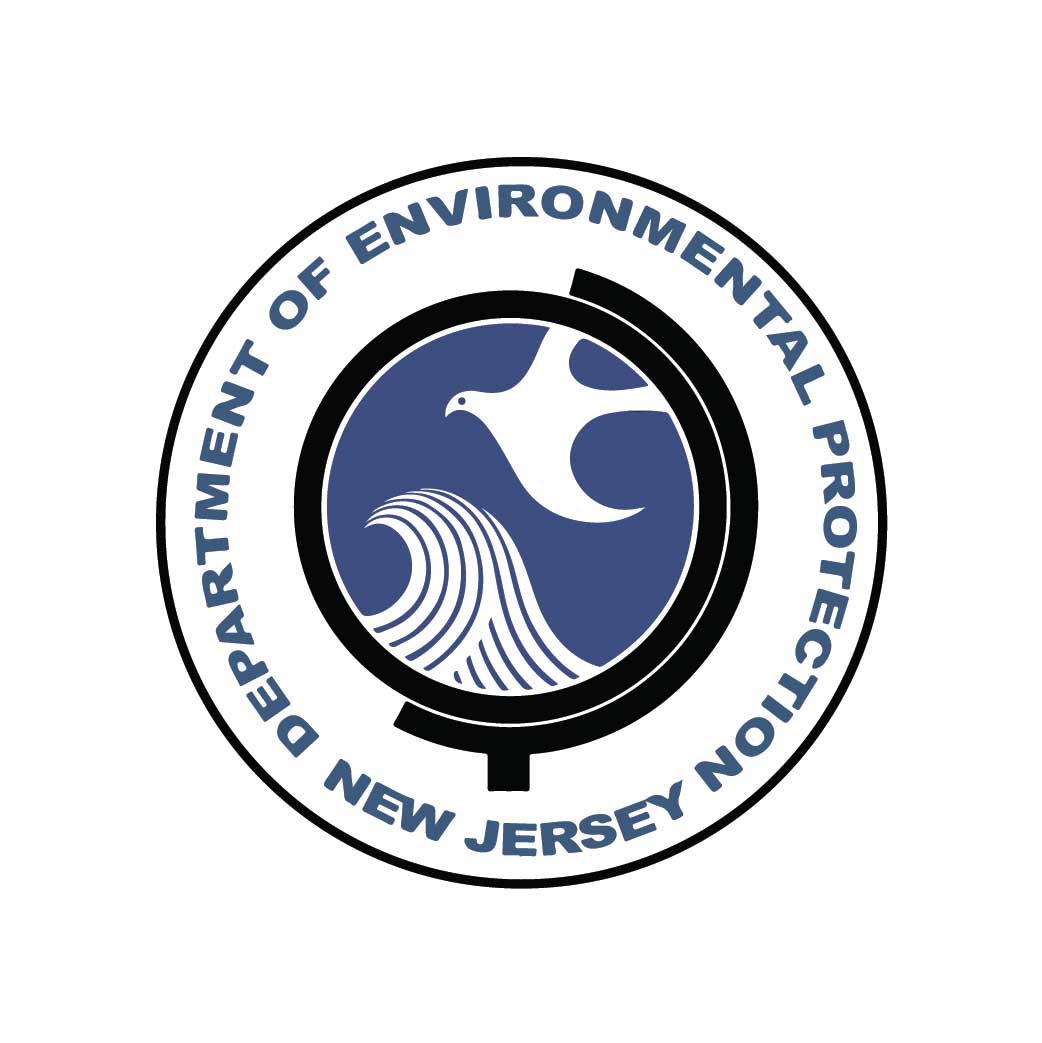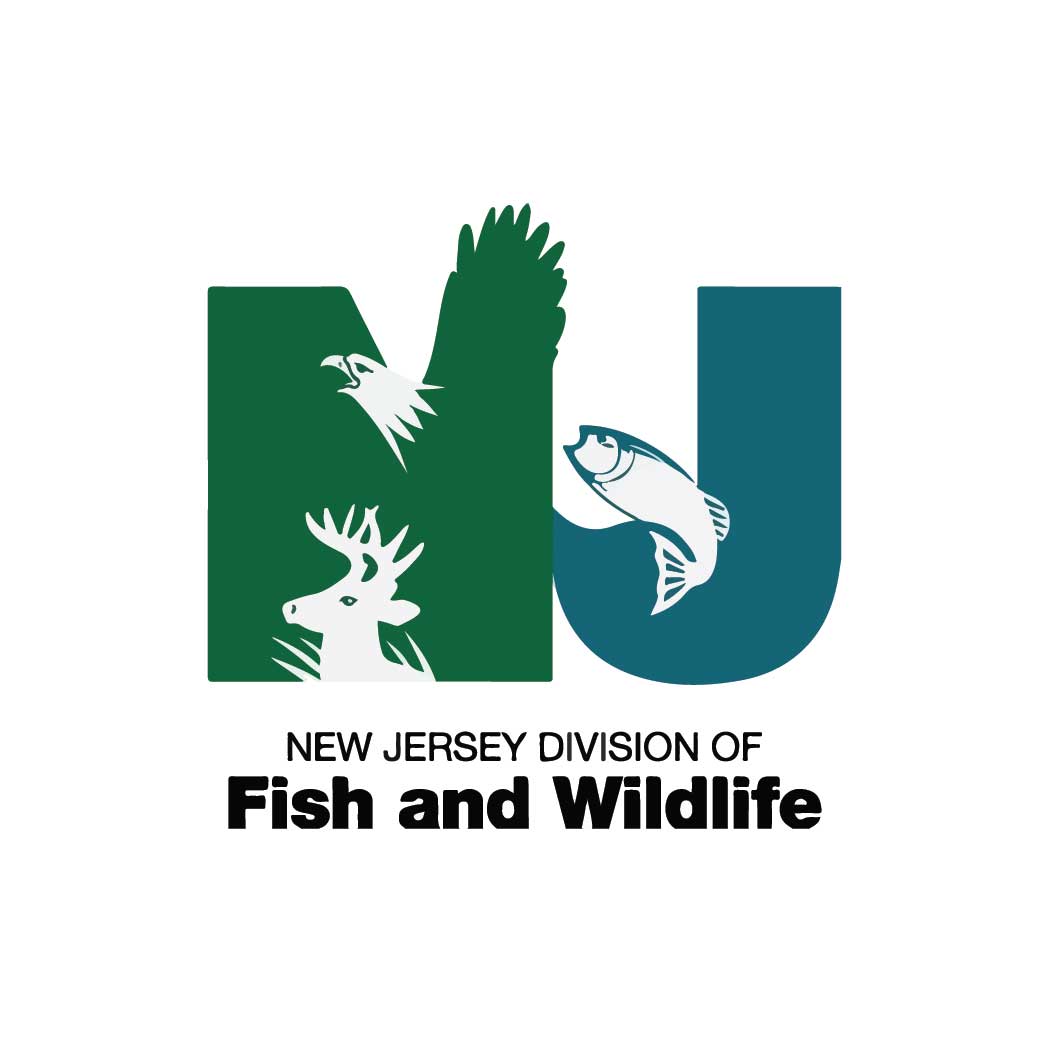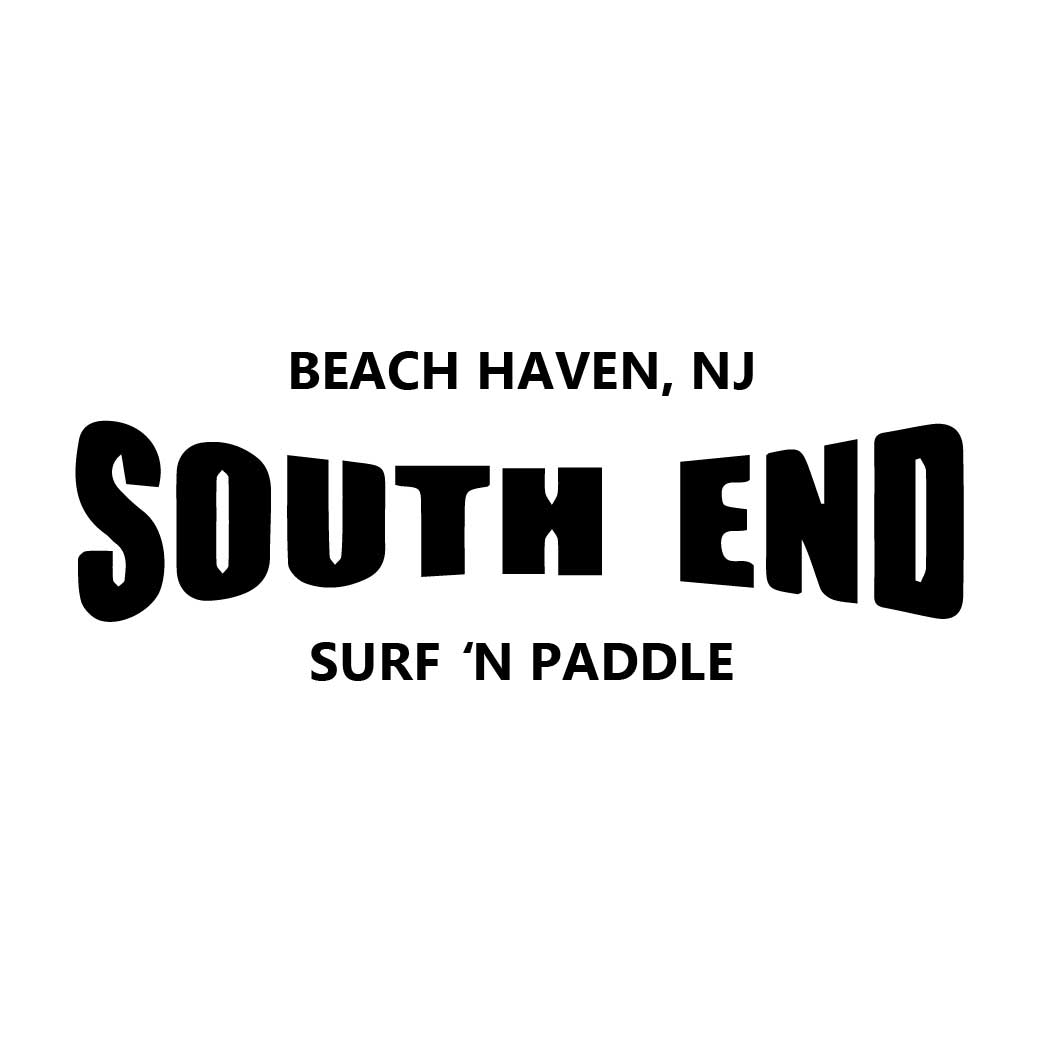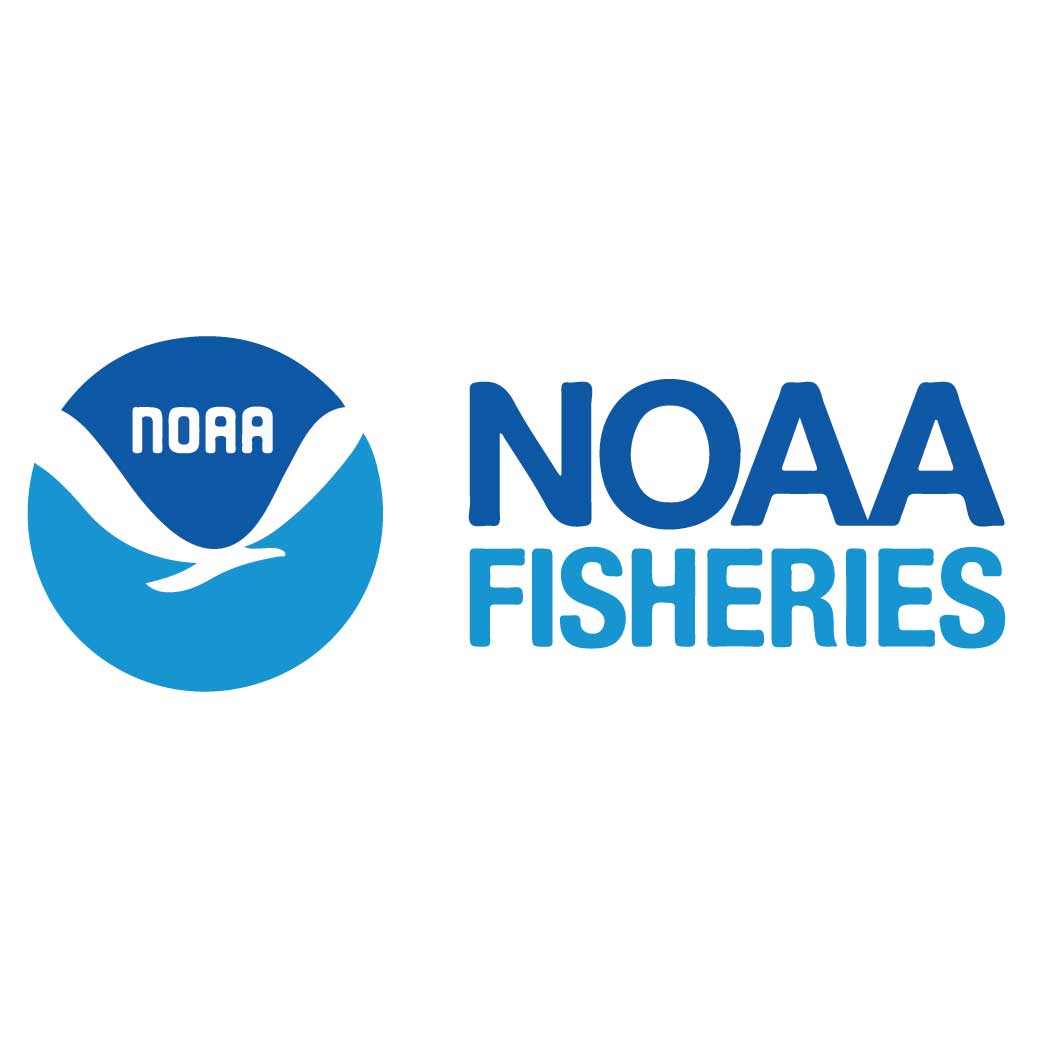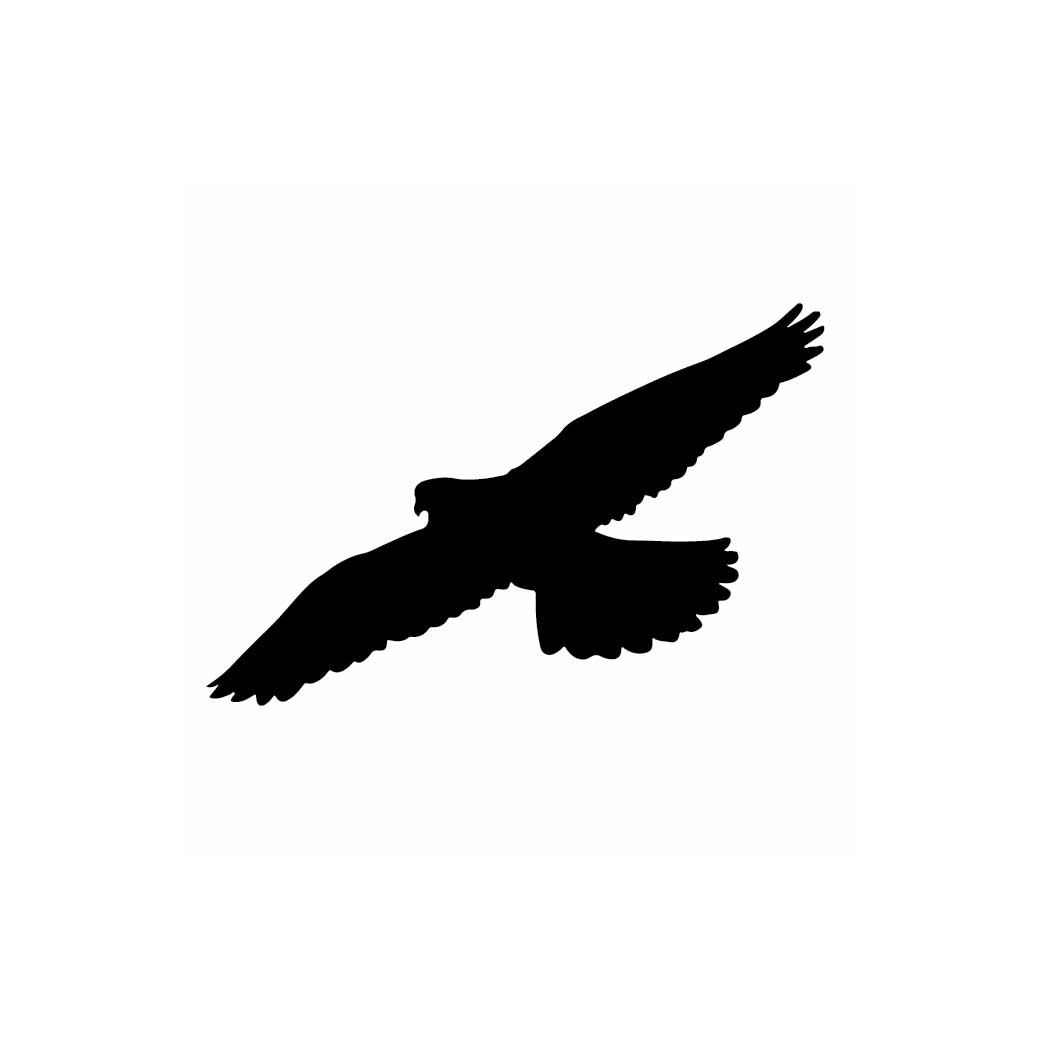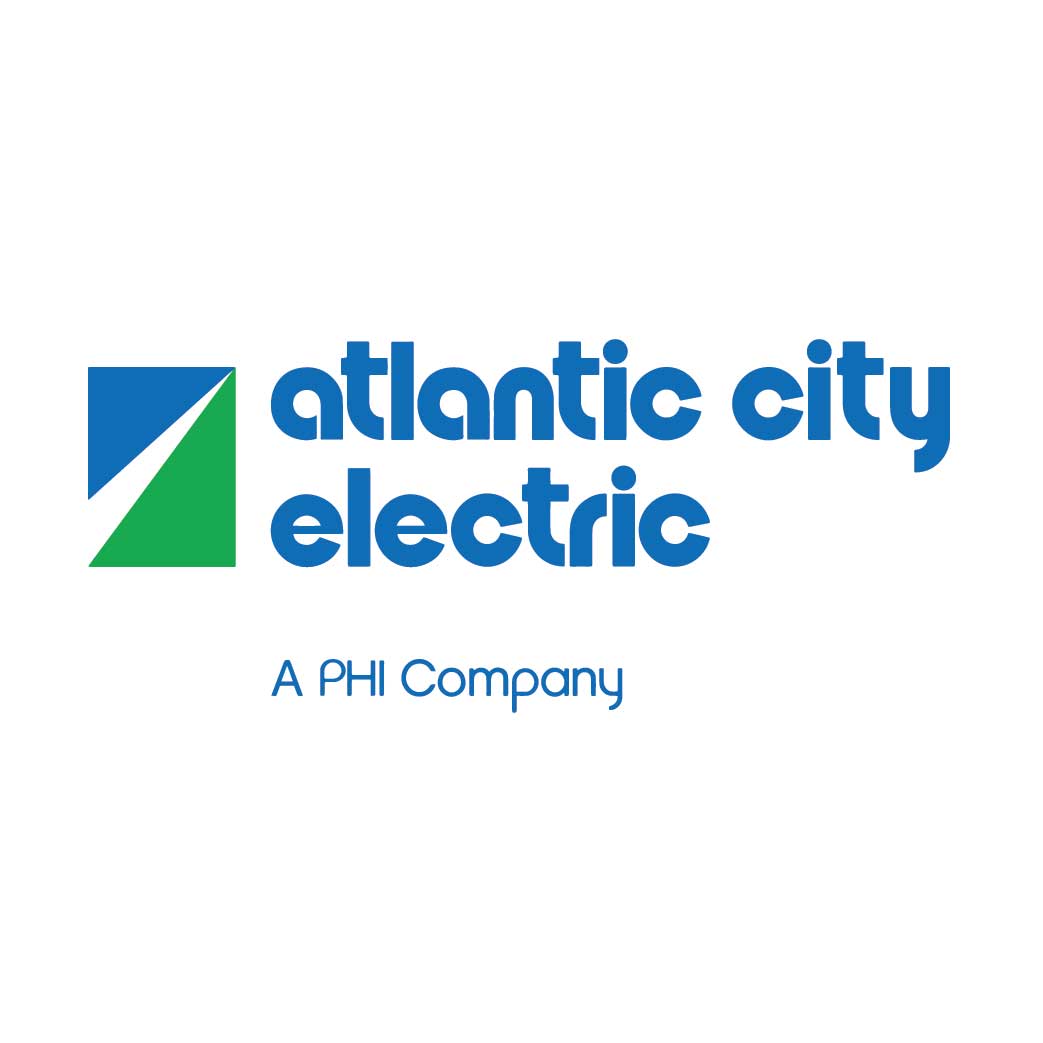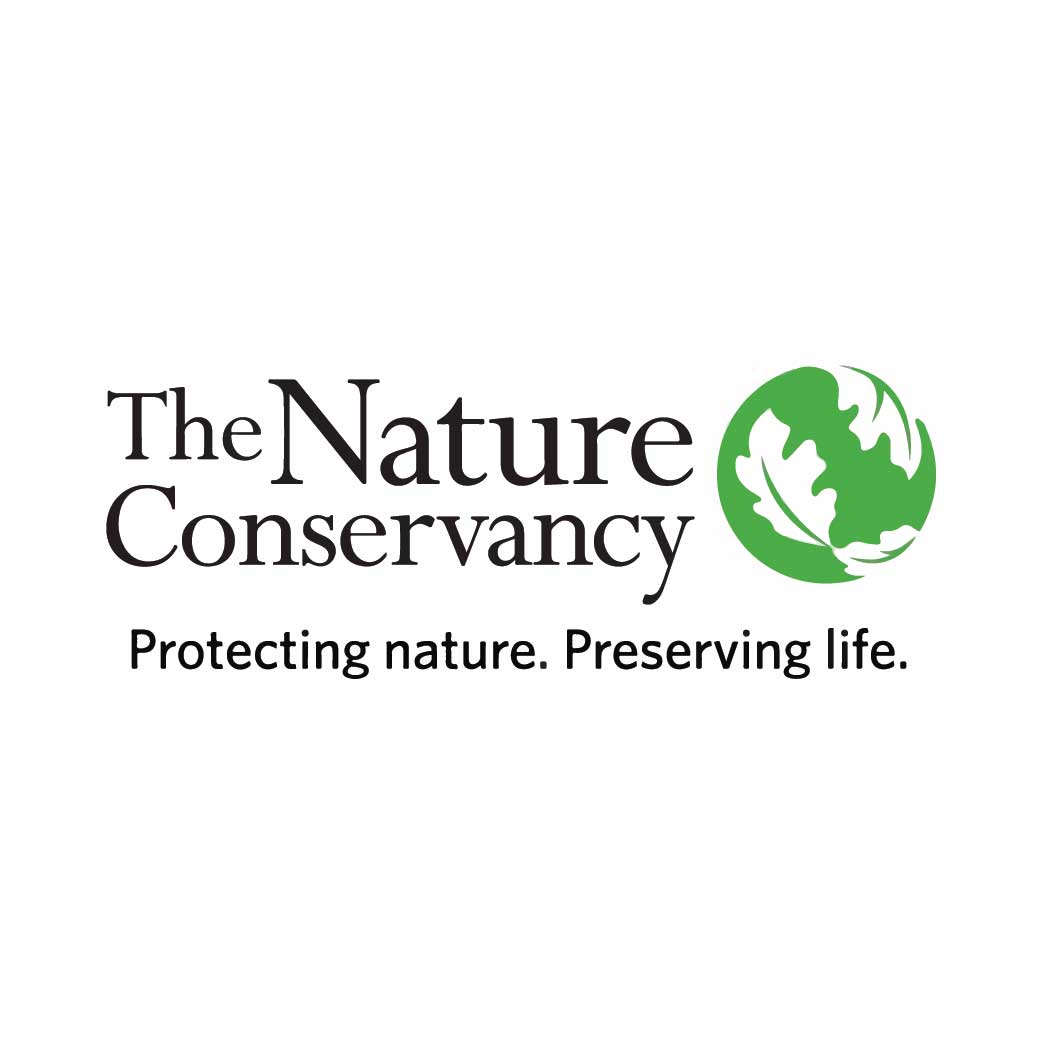Purpose: To restore the island to its original size by reuniting a breach between the north marsh and the rest of the island; to create an alternative nesting area for endangered/protected beach species.
Substrate: Beneficial dredge material with dense vegetation and Phragmite growth in the center of the area. The eastern periphery is still barren and without shell substrate. Rows of wooden stakes (~7’ apart) are still anchored around the periphery.
Wildlife: Odonates, butterflies, American Oystercatchers, invertebrates, crustaceans
2020 Report
Established: December 2015 & December 2017
Purpose: To restore the island to its original size by reuniting a breach between the north marsh and the rest of the island; to create an alternative nesting area for endangered/protected beach species.
Substrate: Beneficial dredge material with dense vegetation and Phragmite growth in the center of the area. The eastern periphery is still barren and without shell substrate. Rows of wooden stakes (~7’ apart) are still anchored around the periphery.
Wildlife: Odonates, butterflies, American Oystercatchers, invertebrates, crustaceans
2020 Status: Dense native vegetation, a growing Phragmite stand, and lack of shell substrate have created an unsuitable habitat for the endangered birds that have previously used this area for nesting. American Oystercatchers and Common Tern attempted to nest on the sandy boundary of the Placement area and the West End Beach.
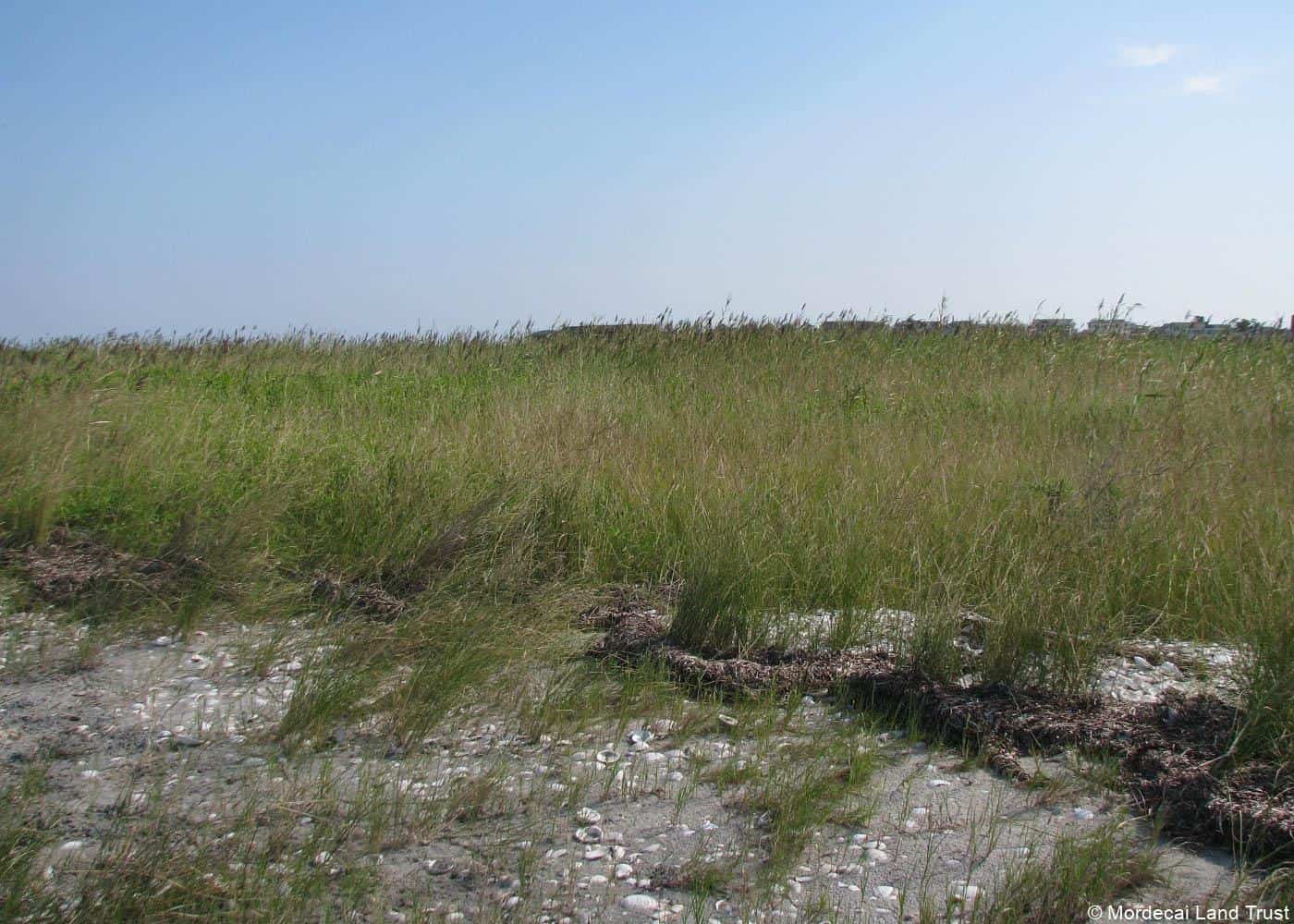
2019 Report
Year: December 2015 & December 2017
Purpose: To restore the island to its original size by reuniting a breach between the north marsh and the rest of the island. To create an alternative nesting area for endangered/protected beach species.
Substrate: Beneficial dredge material with dense vegetation and Phragmite growth in the center of the area. The eastern periphery is still barren and without shell substrate. Rows of wooden stakes (~7’ apart) are still anchored around the periphery.
Wildlife: Odonates, butterflies, American Oystercatchers, invertebrates, crustaceans.
Status: The dense vegetation, a growing Phragmite stand, and the lack of shell substrate have created an unsuitable habitat for the endangered birds that have previously used this area for nesting. American Oystercatchers utilized the west periphery for nesting and the eastern boundary for juvenile feeding. Nails that were pounded into the wooden stakes helped to deter perching by crows, which have been nest predators and antagonists. During high tides, and especially during the King Tide, the bay waters reach to the outer western edges of this area.

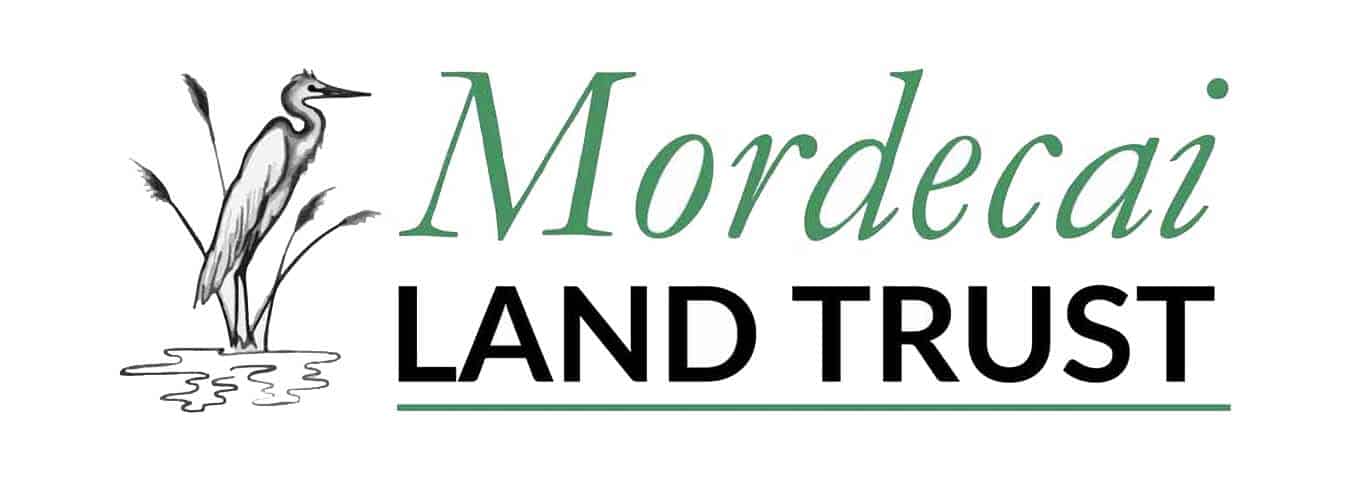
The IRS has determined that the Mordecai Land Trust is tax-exempt under section 501(c)(3) of the Internal Revenue Code of 1986 (“Code”) and not a private foundation pursuant to sections 509(a)(1) and 170(b)(1)(A)(vi) of the Code. Mordecai Land Trust was established in 2001.
Opt-in to email updates


